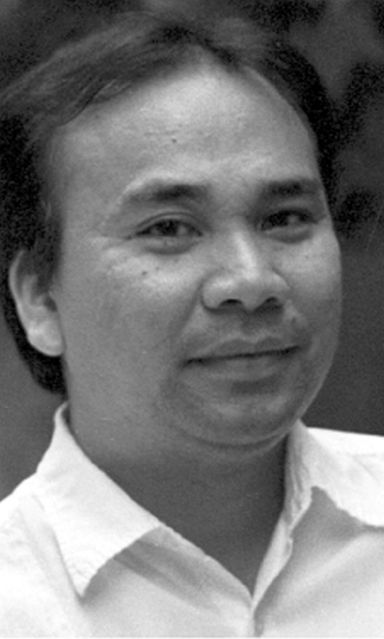
BERSALES
The recent announcement of a basket of infrastructure solutions for Cebu ought to be welcomed, albeit with much anxiety; for this will spell a lot of sacrifices from all of us commuters.
This is what happens when you go through a six-year political cycle under a president that has no desire to address pressing infrastructure needs.
By the time the Aquino presidency ended, the deficit in transportation infrastructure was such that everything now has to be rushed and done almost simultaneously.
In the media briefing made by Mega Cebu last Monday at the Eduardo Aboitiz Development Studies Center, it was made clear to all that billions upon billions are needed to address a myriad of issues confronting Cebu and its viability as livable metropolis.
We are not only confronted by traffic day in and day out but also by the threat of floods. And while the Department of Public Works and Highways has now begun addressing the rehabilitation of major rivers and arteries in Talisay, Mandaue and Cebu cities, much more needs to be done, more investments required under the “Build, Build, Build” thrust of the Duterte administration.
An important gap that has been forwarded by Mega Cebu through its partnership with the Japan International Cooperation Agency (JICA) concerns fecal waste disposal.
Unbeknownst to a lot of us, so many septic tanks apparently were built in the past with out any solid bottom.
All waste going down these tanks eventually drain into the aquifer and the Metro Cebu Water District (MCWD) has had to close some of its wells due to nitrite presence fed by these bottomless septic tanks.
Fortunately, this is going to be addressed, as it has been in Cordova already, with brand new trucks removing wastes from household septic tanks for treatment.
A $20 million grant has apparently been given by the Yokohama City government to help remove these wastes and treat them at a facility to be set up in Cebu City.
A common theme that threaded through the presentation and the Q&A that followed the Mega Cebu briefing was the all-important role of local chief executives and the need for exercising political will.
Mr. Dondi Joseph, chair of the group’s executive committee, made it really clear to all present that one’s vote in the 2019 elections matters.
What really surprised me, however, was the fact that the concept of Smart Growth, modeled after Singapore’s economic development, has apparently not yet entered the agenda of development in Cebu.
Smart growth is a development concept that is predicated on a mix of building types and land uses.
It’s based on 10 principles, namely: land use mix; taking advantage of compact design; creating a range of housing opportunities and uses; creating walkable neighborhoods; fostering a strong sense of place; preserving open spaces and natural beauty; directing development towards existing communities; providing different transportation choices; ensuring that development choices are predictable, fair and cost effective; and, finally, encouraging community/stakeholder cooperation and collaboration in decision-making.
While addressing infrastructure and transportation needs is a correct path—in fact it is one of the Smart Growth principles—Cebu may continue to face traffic problems in the future unless we begin to address issues like providing for high-rise public housing in order to free up urban spaces for parks side by side with satellite markets and other diverse businesses where one need not go very far to eat, work, and play.
Creating mixed-use compact community locales is the only way for the future.
If you think such is not possible, you need not go very far than Singapore to see how easy it is to walk to where your work from where you live and eat or shop nearby.
In this era of ‘Build, Build, Build’, Smart Growth must be the underlying principle.